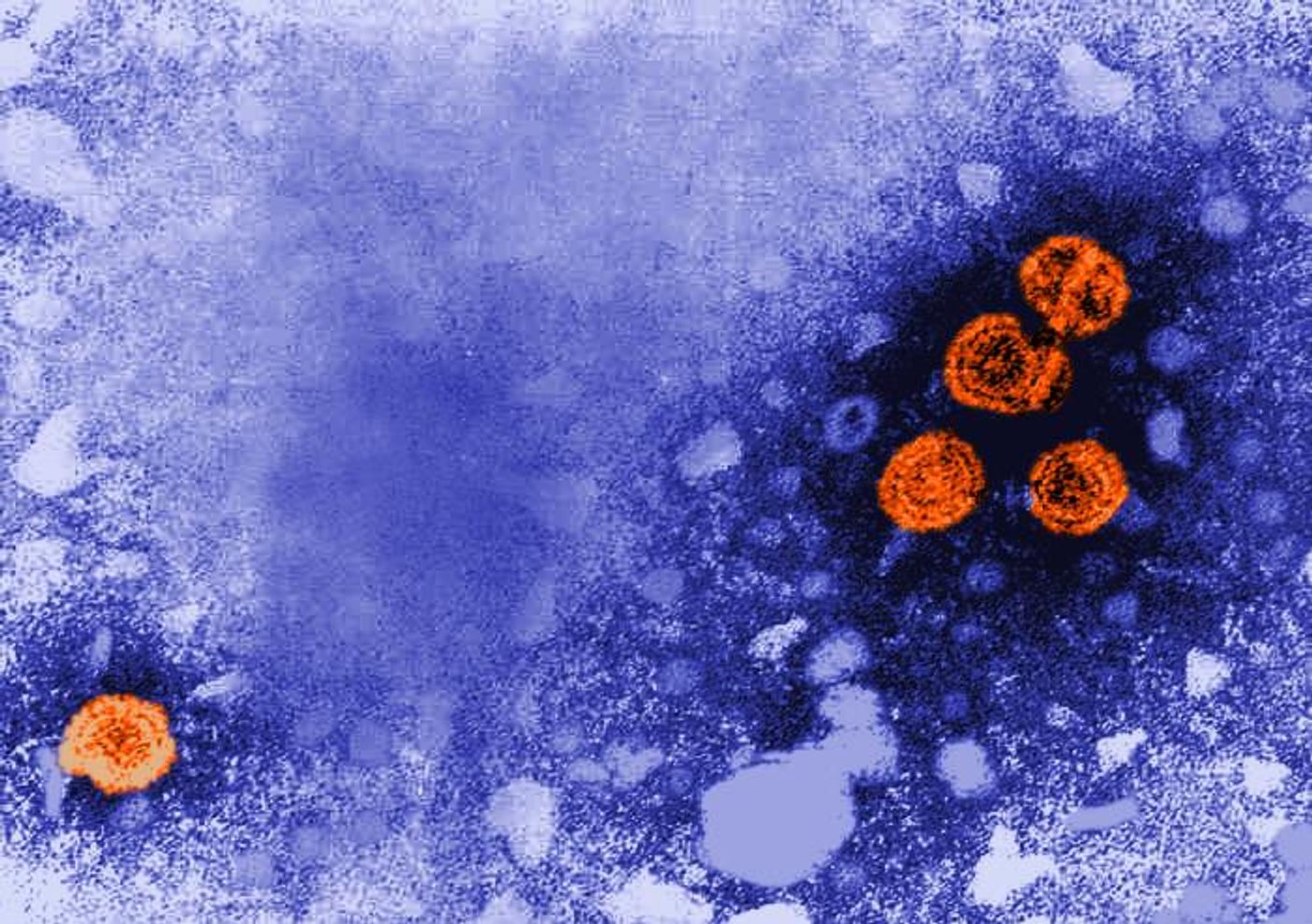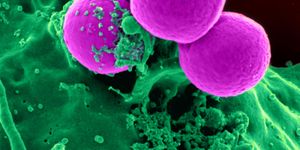Using the Hepatitis B Virus to Understand Human Migration
Scientists in Australia have used the genome of today’s hepatitis B virus (HBV) to assess the movement of human populations into the Australian continent. Their findings have bolstered the idea that Aborigines living in Australia were separated from other humans 59,000 years ago or more. The work suggested that these people may have entered the country around the Tiwi islands.
These findings were a part of a study called Characterizing Hepatitis B in Indigenous Australians thRough Molecular epidemiology (CHARM), which began in 2010 at the Menzies School of Health Research (Menzies). Chronic infection with HBV is endemic in Torres Strait Islanders and Aboriginal Australians. It is also a significant factor in the development of liver disease and liver cancer, and deaths from those disorders, in those groups.
As part of the CHARM study, samples were collected from patients infected with hepatitis B who lived in more than 30 communities. The scientists determined that the HBV found in Aboriginal Australians is unique; it’s a strain that has not been found anywhere else and is called HBV/C4. This work, reported in Molecular Biology and Evolution, analyzed the evolution of the HBV genome as well as fossil and human genome data.
It was thought that just as the sequences in the human genome can tell us more about the movement of ancient humans, viral genomes can also reveal more about the migration of people that were infected with those viruses over generations.
The viral precursor to today’s HBV/C4 virus was found to have entered Australia more than 51,000 years ago. It split into two groups that were separated geographically, one in the northwest and one in the central/eastern area of the Northern Territories. This distribution is similar to the two main branches of Aboriginal Australian languages that are spoken in Australia now.
The timing and entry point are debatable, noted study co-author Dr. Margaret Littlejohn of the Royal Melbourne Hospital, a Senior Medical Scientist in the Victorian Infectious Diseases Reference Laboratory at the Doherty Institute.
"As we were analyzing the sequences of HBV isolated as part of this study, we noted that the virus sequences had very strong geographical connections to the communities we visited," said Littlejohn. "This led us to postulate that we might be able to use this geographical relationship to find out the origin of HBV and how long it might have been in Australia. This is the first time viral genomes have been used in this way in Australia."
These findings have stimulated interest among Aboriginal patients and research partners, said study co-author Professor Josh Davis, a Senior Principal Research Fellow at Menzies. "Most pleasingly, it has raised the profile of hepatitis B in communities. Community members have asked to find out more about hepatitis B and how they can be tested and treated," said Davis. "It's really exciting to take a novel approach, and use viral genetics to help tell the story of Australia's first people."
After collecting the samples from the consenting communities, the scientists ensured that the participants learned more about the results. They are hopeful that they can protect more people from the virus through this work.
"I am really pleased that we are finding out more details about HBV found in Aboriginal people. This can only help to eliminate hep B for the future," said study co-author Sarah Bukulatjpi, Senior Aboriginal Health Practitioner. "It is good for us to learn about this and for us not to be silent or feel shame; the fact the virus is so old helps to add to the evidence that Aboriginal people have been in Australia for a long, long time."
Learn more about hepatitis in the indigenous populations of Australia from the video above. The video below from National Geographic explores the culture and experiences of Aboriginal Australians.
Sources: Phys.org via University of Melbourne, Molecular Biology and Evolution









